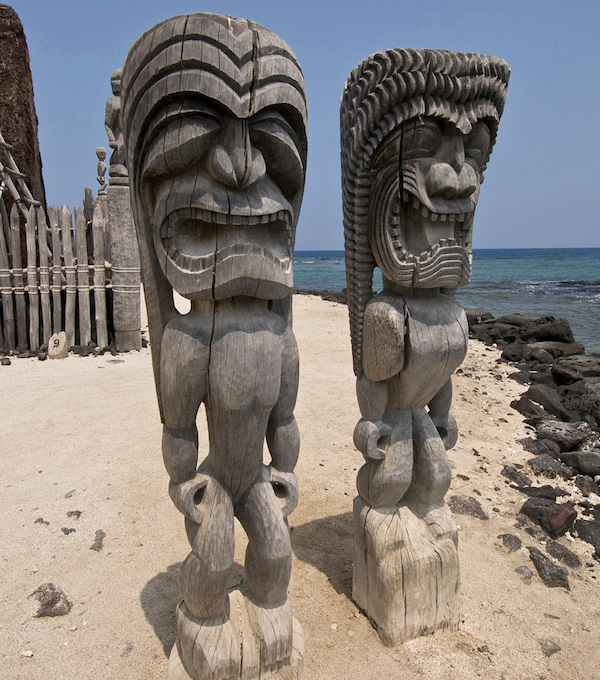Shore Diving
On the Kona Coast
 Guided Shore Dives
Guided Shore Dives
Join one of our dive professionals on one or two guided shore dives along the Kona coast of Hawaii – a world-class diving destination with healthy coral reefs, underwater lava formations, and colorful reef fish. Let us take care of the gear, get you to the site, and lead you on an underwater tour. Prior to the dive we will give a briefing and share information about the underwater terrain as well as interesting marine life such as Potter's Angelfish and Multiband Butterflyfish, both endemic species only found in Hawaii.
2-Tank Dive
Cost: $200 for nearby sites (Mile Marker 4, Kailua Pier, Honokohau). Minimum of 2. (Minimum of 4 during “Peak times” – holiday period and summer time)
Cost: $230 for sites out-of-town (Place of Refuge, Puako). Minimum of 4.
Includes: Tanks, weights, guide, and a light lunch
Rental Gear available
1-Tank Dive
Cost: $135 (Mile Marker 4, Kailua Pier, Honokohau). Minimum of 2. (Minimum of 4 during “Peak times” – holiday period and summer time)
Includes: Tanks, weights, and a guide
Rental Gear available
Shore Diving without a Professional
Several dive sites are accessible by shore along the Kona Coast. Divers buddy up regularly and head to local dive sites such as Place of Refuge or Puako. Stop by the shop for tanks, weights, and scuba equipment. Rental gear available. We also have free dive site maps for shore divers.
Shore Diving Sites and Maps:
Click Here for shore diving maps
Shore Diving Tips:
- Do a pool refresher or a boat dive before trying your first shore dive. It's best to work out the kinks and your weighting while you have the support of professionals.
- Ask our staff for recommendations based on the current sea conditions. High surf can make shore entries/exits extremely dangerous. Once at the site, make your OWN thorough check of the conditions BEFORE suiting up.
- Wear booties, gloves, and full wetsuits to protect yourself from abrasions. Most of Hawaii’s shore dives are over rocky shores, not sandy beaches.
- During entries & exits, never turn your back on the ocean. If a wave is coming, you want to be prepared for it.
- Tow a dive flag to warn boat traffic. It’s the law.
- Take a little more weight than you would normally need on a boat dive. As your tank gets lighter, it can be difficult to stay down as you swim shallower back to shore.
- Have fun and be safe!

